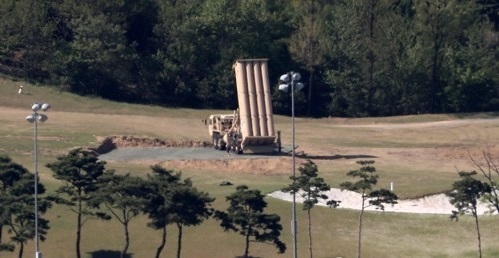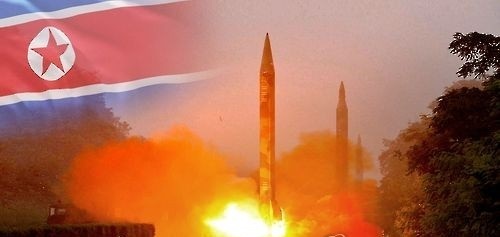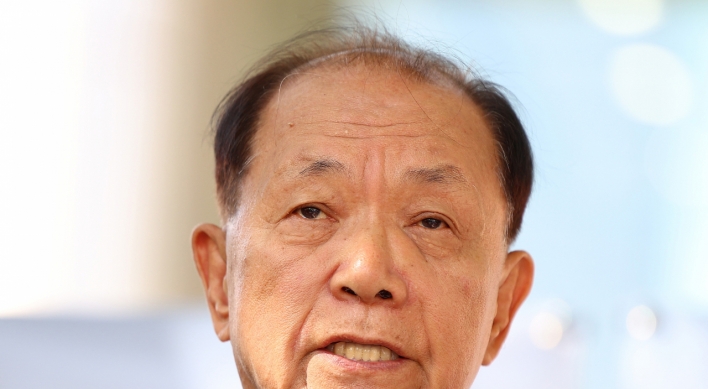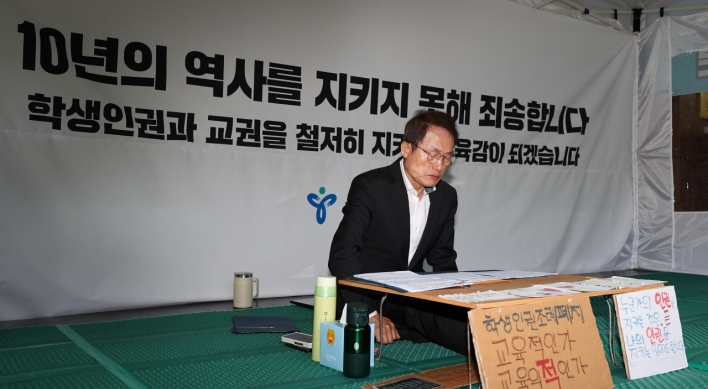American troops in South Korea confirmed Tuesday that their advanced missile defense system, called THAAD, has been put into operation despite controversies over its deployment here and cost.
"US Forces Korea confirms the Terminal High Altitude Area Defense system is operational and has the ability to intercept North Korean missiles and defend the Republic of Korea," the USFK's spokesman Col. Rob Manning said in an emailed statement.
He was calling South Korea by its official name.

The announcement came less than a week after the USFK began installing the THAAD system at a former golf course in the rural town of Seongju, North Gyeongsang Province.
Local residents have fiercely protested the move, with South Koreans still divided over the issue.
The allies also appear to be bracing for a dispute over the financial burden in operating the THAAD battery on the peninsula.
President Donald Trump openly said he wants South Korea to pay for it, which has a price tag of $1 billion.
Seoul immediately refuted the demand, saying it has already provided land under a 2016 agreement and has no additional financial obligation.
Besides, South Korea has long been a main buyer of US weapons.
Meanwhile, Pentagon officials said THAAD in Korea has just reached its "initial operational capability," according to foreign news reports.
It will take months before the entire system is up and running full time, they added.
North Korea has continued its development of ballistic missiles in defiance of international pressure.
The communist nation fired a ballistic missile on the weekend, its third known missile test in April alone, according to the allies' militaries.
The latest launch ended up a failure as the missile blew up in midair minutes after liftoff, they said. A defense source said the projectile seems to be a new type of missile.
On Tuesday, senior officials from South Korea, the US and Japan conducted a video conference to share information on the North's provocations and discuss a response.
They "strongly denounced" the North's missile launch which represents a flagrant violation of UN Security Council resolutions, according to Seoul's defense ministry.
The three sides also underscored that the North's illicit ballistic missile development poses a serious threat to peace and security in Northeast Asia, it added.
At the meeting, South Korea was represented by Brig. Gen. Park Cheol-kyun, deputy director general of the ministry's international policy bureau. His American and Japanese counterparts were Christopher Johnstone, principal director for East Asia at the Department of Defense, and Koji Kano, principal director of the Japanese defense ministry's defense policy bureau.

Experts, meanwhile, pointed out that the Kim Jong-un regime seems busy trying to upgrade its missile capability to outgun the US shield.
It may be focusing on testing the terminal phase maneuverability of its new missiles to evade missile defense systems, they said.
They cited a reported initial assessment by the US that the North's recent missiles fired might be the "KN-17" anti-ship ballistic missiles, nicknamed "carrier-killer."
The North's official media have threatened that its troops stand ready to sink the USS Carl Vinson, a US aircraft carrier operating in waters near the peninsula, with a single strike.
"The North usually does manage to recover from test failures, and the consequences of an anti-ship ballistic missile in North Korean hands are worth considering," John Schilling, a veteran rocket engineer, wrote on the 38 North website based in Washington DC. "But we should also consider the possibility that the missile is intended for use against targets on land, which is a more plausible near-term threat."
He said the KN-17, a single-stage, liquid-fueled missile, is a Scud derivative with small fins on the reentry vehicle, presumably for steering during the last seconds of flight.
Such maneuverable reentry vehicles are used not only for precision attacks but also as a means of evading enemy missile defenses, he added.
The North is expected to be seeking to deploy the KN-17 for land targets like military bases, rather than naval targets which are difficult to exactly locate and hit, said Schilling. (Yonhap)





![[KH Explains] No more 'Michael' at Kakao Games](http://res.heraldm.com/phpwas/restmb_idxmake.php?idx=644&simg=/content/image/2024/04/28/20240428050183_0.jpg&u=20240428180321)












![[Herald Interview] Mistakes turn into blessings in street performance, director says](http://res.heraldm.com/phpwas/restmb_idxmake.php?idx=652&simg=/content/image/2024/04/28/20240428050150_0.jpg&u=20240428174656)
